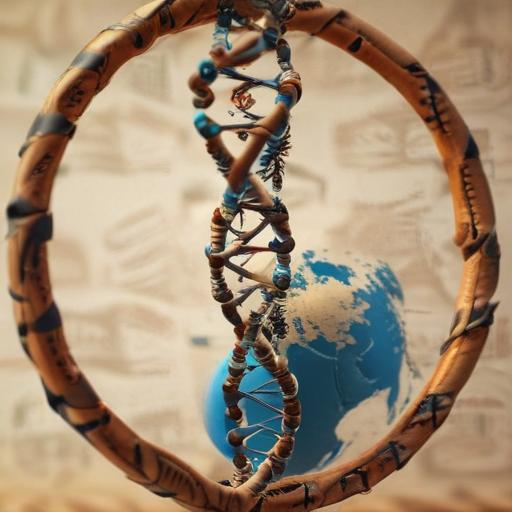Recent genetic research has unveiled significant insights into the migrations and population splits of early humans as they traversed the Americas via the Bering Land Bridge during the last ice age. This extensive study, published in the journal Science, analyzed the genomes of 1,537 individuals across 139 ethnic groups, highlighting three key population divisions that occurred as these early migrants settled in new territories.
Among the remarkable findings is how the journey is characterized as “the longest human migration out of Africa,” leading to the establishment of a group in Patagonia approximately 14,500 years ago. Hie Lim Kim, a population genomics professor at Nanyang Technological University and co-author of the study, noted the “extremely low genetic diversity” among many Indigenous populations, attributing this uniqueness to their ancestral ties and the challenges faced during their migration.
The first major divergence in Indigenous populations occurred between 26,800 and 19,300 years ago, coinciding with the Last Glacial Maximum, when they began to split from North Eurasian groups. This correlates with archaeological findings, including ancient footprints in New Mexico, dated to around 23,000 to 21,000 years ago.
Subsequently, a second significant population split took place between 17,500 and 14,600 years ago, leading to migrations into Mesoamerica. Here, groups rapidly evolved into four distinct lineages around 13,900 years ago, which include the Chaco Amerindians in the southern USA, as well as groups in South America such as Amazonians, Andeans, and Patagonians.
Despite their successful settlement, the study indicates that these populations suffered a decline in genetic diversity due to geographic separation and later, the devastating impacts of European colonization. A critical finding of the research points to a reduced variation in HLA genes among Indigenous South Americans, suggesting a potential vulnerability to diseases introduced by colonizers.
The researchers emphasize the importance of understanding the unique medical needs of contemporary Indigenous peoples based on their genetic backgrounds. Kim pointed out that past medical advancements have often overlooked these communities, necessitating tailored healthcare and disease prevention strategies that reflect their specific genetic profiles.
This enlightening study not only paints a deeper picture of the migration patterns of early humans but also stresses the need for a more inclusive approach to healthcare, potentially improving health outcomes for Indigenous populations today.
